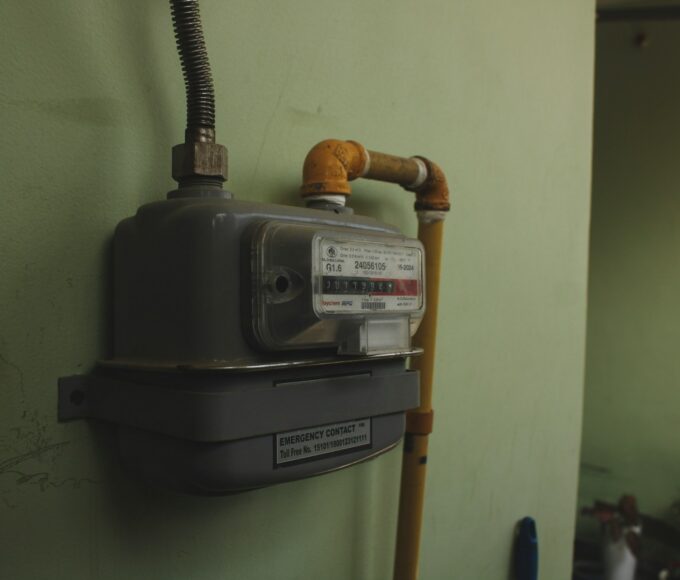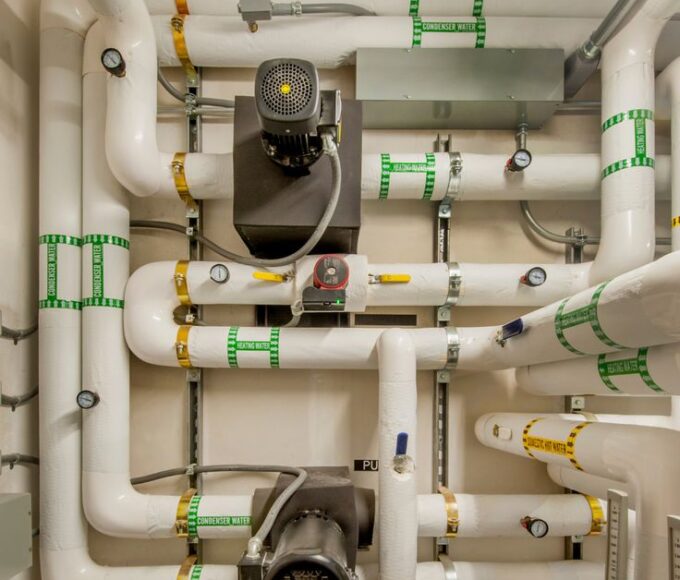Every kitchen remodeling project is exciting and simultaneously incredibly nervous to start. It’s the opportunity to take something as basic in any home as a kitchen or a living room, and turn it into something that you have always wanted. Whether the aim is to update the kitchen visually, update the functionality or both, planning a kitchen remodeling process might be a daunting task. Many homeowners find themselves asking one critical question: how long will it take?
The knowledge of timing a kitchen renovation can take more than simply deciding on cabinets and countertops. Thus, there are many provoking circumstances that have an impact toward completing a certain time. As you read on, we’ll try to demystify this for you and give you the information which will be helpful in knowing what to expect.
Be prepared to make your dreams come true in some ways as you don’t forget about being realistic!
Factors that Affect the Timeline of a Kitchen Renovation
Several factors come into consideration as much as the renovation of a kitchen is concerned with regard to the period of time that is taken. The size of your project is the first thing in the spotlight. A mere repainting job together with acquisition of new hardware will require much less time compared with a reconstruction undertaking that may require alterations of the building’s framework.
Secondly, think about the level of design decisions acquired out of the specimens’ appearance and picked for samples’ creation. Extra detailing such as carving on doors or floors, will take longer than usual because of complications in the design and acquisition of tiles.
The last thing that cannot be overlooked is permits, which are also uniquely important because of their nature. In case the local authorities’ requirements have to be met, the necessary approvals will take weeks to secure.
There is always something that one does not anticipate, and this is where someICY Minor structural complications may ensue during construction and renovation, other issues may include plumbing or electrical issues that need correction because they are not efficiently meeting the required efficiency; such alterations will slow down the process of completion. Every one of them is a factor why you wait so long to get the newly remodeled kitchen space.
Step-by-Step Guide to Planning and Executing a Kitchen Renovation
Kitchen remodel is always a complex process, but if divided into some essential stages, everything is much easier.
Start by defining your goals. What are your needs – more space, improved utility, or better aesthetics? Having this information will help you make the right choices.
Next, set a budget. Before a project is embarked upon, cost estimates should be made on the material cost and the labor cost as well as any contingencies that may arise in the course of the project. Ideally, keep to this figure as much as possible.
Some ideas for inspiration when it comes to research design ideas. If you are trying to make a mood board, ensure you get colors, styles, and layouts that you find interesting.
When you’ve defined a vision, then it is advisable to seek professional help specially contractors or designers as they are handy with advice all through the process.
Before one proceeds to actually become involved on the physical level, he does this with a view to setting up a temporary cooking facility. It also helps to be somewhat normal during renovations.
It is best to draw a timeline of each of the phases to undertake during the renovation process down to the last detail.
Common Challenges and Delays in Kitchen Renovation Projects
The process of Kitchen Renovations can rarely be compared to a smooth sailing because various issues may arise. One of the challenges that arise with this kind of set-up is the problem of supply chain hold up. Products such as cabinetry, counters, and appliances could be delayed in arriving on the scene.
Another problem appears where there are modifications to the design process or to a project’s plan during its execution. As seen by most homeowners when they decide to change their tact mid renovation, there are huge set backs.
There can also be other Structural Surprises related to the building during demolition. In visible construction, problems with the plumbing system behind the walls, which may necessitate the replacement of the pipes, will halt construction.
There are of course challenges in terms of synchronizing working schedules with contractors as well as subcontractors. That is why overlapping timelines can leave a gap between the construction and the renovation that takes days or even weeks to fill leading to everyone’s frustration.
Tips for Staying on Schedule During a Kitchen Renovation
Well, of course, this is never a problem when it comes to phasing and placing an emphasis on particular activities in the course of a kitchen renovation. That will need a good planning strategy to avoid such situations as stated above. Construction work should be accompanied by a construction timetable that displays the various steps or stages right from the demolition stage down to installation stage.
Communication is key. Weekly meetings with the contractors are also useful for reminding everyone of goals and updating of any developments as needed. They have not stopped encouraging the health questions being asked.
Stay simple with your design elements. Non-standard constructions can cause time overruns because designing and developing such layouts take some time. It is made simpler by using materials that are easily accessible from other options.
Prepare for the unexpected. Generally, it helps to allocate additional money and schedule contingency so that the project can be completed when structural problems are met or procurement takes longer. Expect that to work, you need to be flexible while at the same time working with your plan; doing so would make the process more fun!
Realistic Expectations Average Time Frames for Different Types of Kitchen Renovations
In any kitchen remodeling project there is a need to be realistic when it comes to expectations. However, it must be said that the timeframe can greatly depend on the type and size of your project.
A bath remodel which only involves a small amount of modification, for instance applying a new coat of paint, or new fixtures may only require two weeks. On the other hand, the whole process that requires modification of structures or installation of custom built cabinetwork takes six to twelve weeks.
If your renovation plan fits into the mid-range category where you intend to change your countertops and appliances but not the layout, count approximately four to eight weeks.
If one is undertaking luxury renovations that will require lots of architectural drawings or exotic material then be prepared to wait more than three months. These projects can take a lot more time in planning in comparison with simpler ones because of the detail and since the materials used are a bit costlier.
These averages are useful to comprehend and allow you to more effectively plan for your kitchen transformation process. An additional advantage that comes with timeline development is that it makes working with contractors much easier because everyone stays on time throughout the process.
















